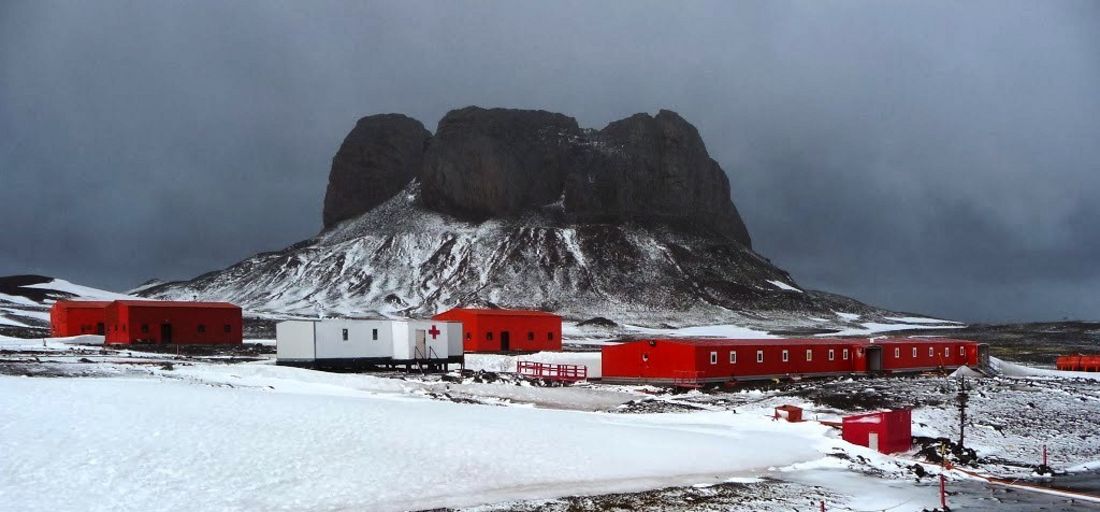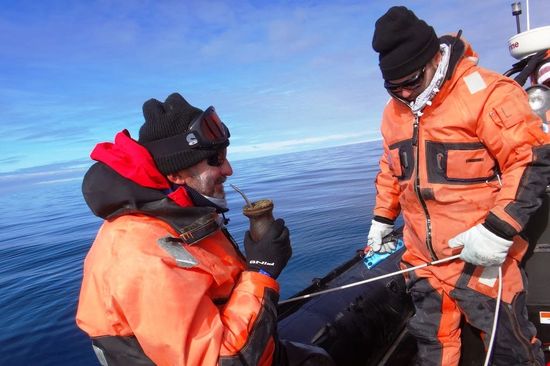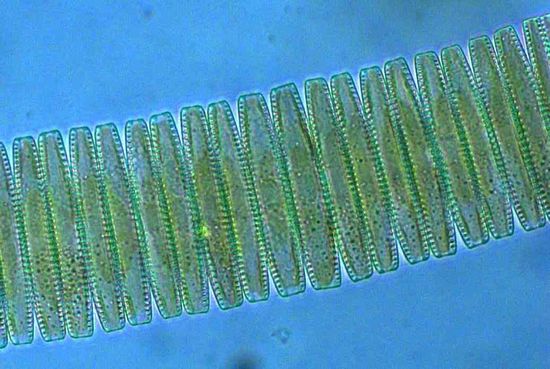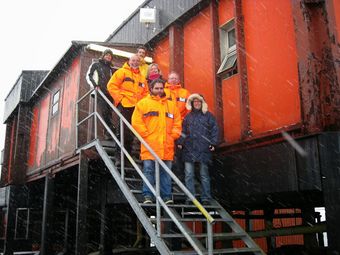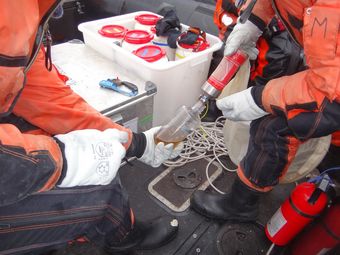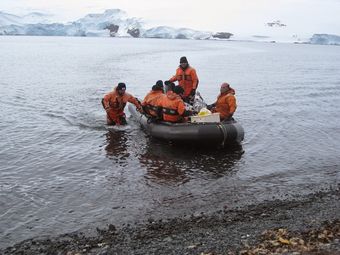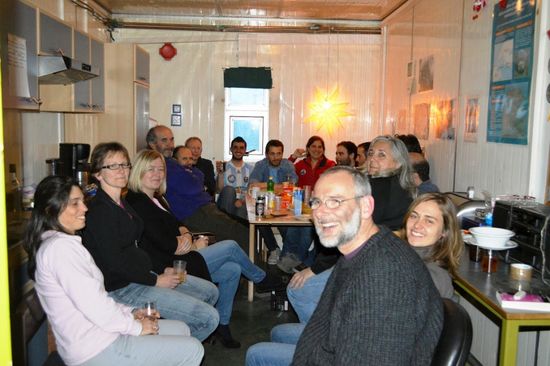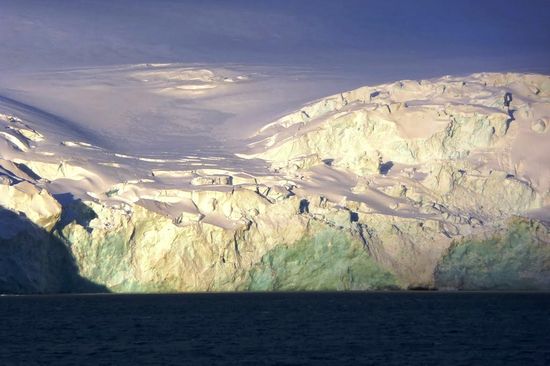Bernd Krock and the Ecology Group as part of the Antarctic Summer Campaign at Carlini Station
On Dec 23rd 2013, just one day before Christmas, four members of the AWI plankton ecology group, i.e. Bernd Krock (analytical chemist), Urban Tillmann (planktologist), Annegret Müller (technical assistant) and Manuel Sala (EMBC master student) headed for Buenos Aires in order to join the air transport organized by the Dirección Nacional del Antártico (DNA) to the Dallmann/Carlini station at Potter Cove on King George Island/Isla 25 de Mayo. After a few days sweating in the Buenos Aires summer heat (38°C) and one day stopover in Río Gallegos the group arrived at Carlini on the 29th with bright sunshine and a cloudless sky.
Modelling by AWI researchers predicts a decline of the important diatom species Fragelariopsis kerguelensis in the Southern Ocean (SO) with climate change during this century. At present the SO is dominated by a diatom/phaeocystis community, but the plankton community may shift to another composition, if dominant diatoms decline. One hypothesis is that diatoms may be replaced by flagellates as it has been documented for the Baltic Sea. Plankton sampling is relatively costly and laborious, because water samples have to be taken, concentrated and fixed for microscopic analysis, which in turn is time consuming and in addition gives only data valid for one defined geographic location and time point. The aim of our team was to explore, if flagellates, which at present are very low abundant in Antarctic waters, can be indirectly be tracked by sampling secondary compounds produced by some of these species. For this purpose divers deploy passive samplers containing a lipophilic polymer for the adsorption of planktonic secondary metabolites at 10 m depth at three representative locations in Potter cove. The passive samplers remain one week in the water are then replaced by fresh ones. The resins will be eluted in the lab and analyzed by LC-MS/MS. In addition plankton samples are collected with a plankton net and Niskin bottles from these stations regularly, and separated into different size fractions to compare the planktonic components with the metabolites detected with the passive samplers.
Once the relationship of certain metabolites and species is established, these chemotaxonomic markers can be used as an easy and efficient way to detect and observe the presence of certain model species over longer time scales by deploying e.g. one sampler per month. This also allows for a year round sampling, including the Antarctic winter.
The conditions this austral summer have been very favorable with very few days of bad weather, where sampling was not possible due to safety reasons.
With summerly greetings from Carlini Station
Bernd Krock

